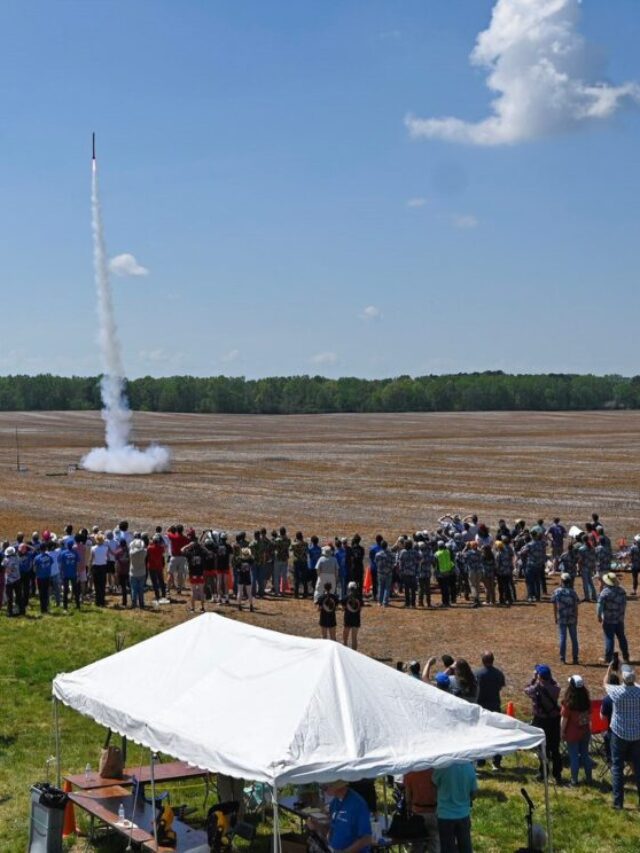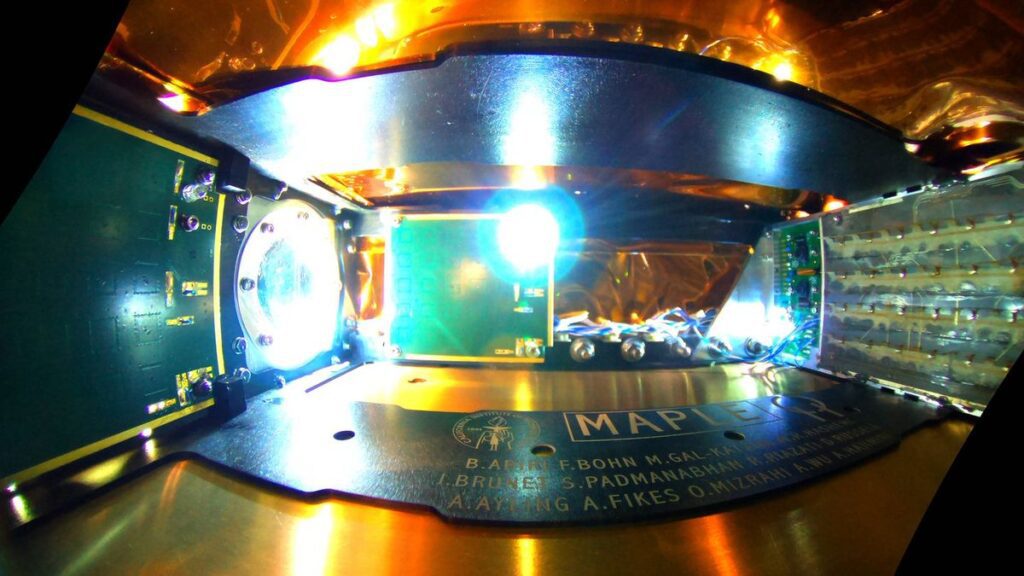The Huntsville-based University of Alabama emerged as the overall winner of NASA’s 2023 Student Launch Challenge, an annual competition organized by NASA to engage students in rocketry and aerospace engineering. Conducted near NASA’s Marshall Space Flight Center in Huntsville, Alabama, the event involved more than 800 students from various educational institutions across the United States and Puerto Rico. The aim of the Student Launch Challenge was for middle school, high school,college, and university students to design,build, and launch amateur rockets capable of carrying scientific or engineering payloads.
Required to reach altitudes between 4,000 and 6,000 feet, the rockets were supposed to make a successful landing. The participating teams worked on their projects for a period of nine months. The first position as the overall winner of the challenge was secured by the University of Alabama in Huntsville. The University of North Carolina at Charlotte and Vanderbilt University in Nashville were the second and third, respectively, in the competition. The “Altitude Award” was won by the above teams, with Vanderbilt University taking first place, the University of North Carolina at Charlotte in second place, and the University of Alabama in Huntsville in third place.
Similar Post
There were other categories in which teams could earn recognition. For example,the “Best-looking Rocket Award” was won by North Carolina State University, followed by Virginia Polytechnic Institute and State University in second place and Alburn University in third place. Many other awards were given based on criteria such as 3D printing, payload design, vehicle design, safety, social media engagement, and STEM (science, technology, engineering, and mathematics) engagement. A part of NASA’s Artemis Student Challenges,the Student Challenge aims to connect students with NASA’s mission of returning astronauts to the Moon and eventually exploring Mars. Mirroring NASA’s processes for safety and quality control in space missions, the competition provides students with an authentic learning experience.
The competition event was supported by several organizations, including Northrop Grumman, the National Space Club, Huntsville, the American Institute of Aeronautics and Astronautics, the National Association of Rocketry, Relativity Space, Bastion Technologies, and Siemens Digital Industries software. The event received financial and support contributions from various organizations, including Northrop Grumman, the National Space Club, Huntsville, the American Institute of Aeronautics and Astronautics, the National Association of Rocketry, Relativity Space, Bastion Technologies, and Siemens Digital Industries Software. One can watch replays of the launch event and award ceremony on NASA’s Marshall YouTube channel and the Student Launch Facebook page.

















